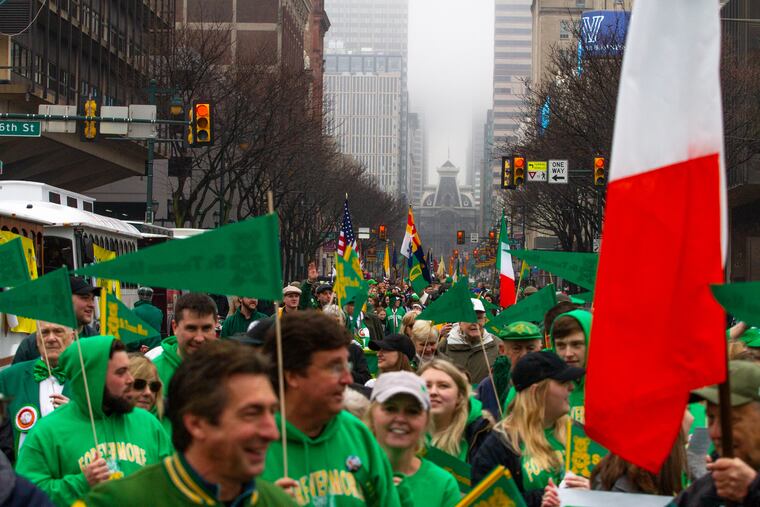Philadelphia’s St. Patrick’s Day parade canceled
City officials on Tuesday urged people to watch Sunday's parade from home. Hours later, parade organizers said the entire event would be canceled out of "general concern for the well-being of everyone."
